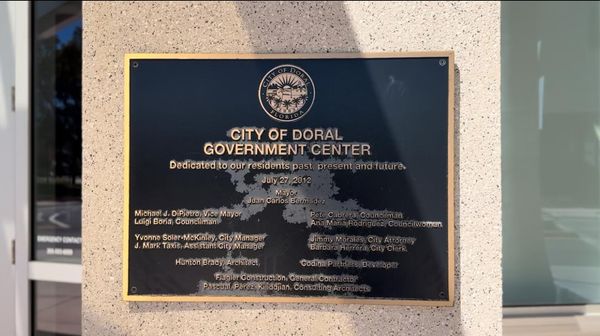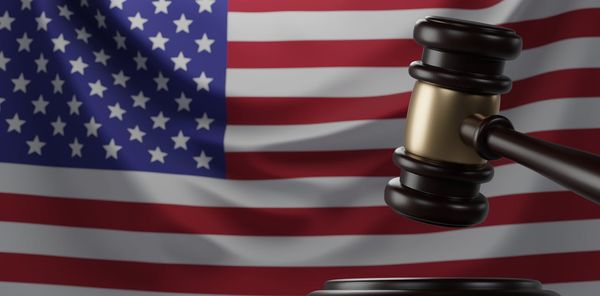It's developed a cult-like following in Canberra and it's back.
The Waterhouse Natural Science Art Prize opens on Friday at the National Archives of Australia and continues until October 27.
And a collection of rare trees in Braidwood was the inspiration for the piece that won the people's choice award.
For almost 20 years, the South Australian Museum has only toured its exquisite exhibition celebrating the intersection of science and art to one place - Canberra.

And, more specifically, to the National Archives, where it is one of the most popular exhibitions on the calendar, according to acting director-general Brooke Anderson.
"We feel really privileged to have the exhibition here. I think the breadth and depth of the work is really stunning," she said.
"We're also proud to have such an enduring relationship with the South Australian Museum. [The exhibition's] got a bit of a cult following now. It's one of the things people really look forward to in our calendar."

Justine van Mourik, director of engagement at the South Australian Museum and a judge in the prize, said the competition started in 2003, named after the museum's first curator, Frederick George Waterhouse. The association with the National Archives had been almost as long, the prize shown there for the last 18 years.
"It was really about the bringing together of the visual arts and natural sciences," Ms van Mourik said.

"In the beginning when, it was first conceived, it was much more about what we could consider the traditional marriage of art and science - botanical illustrations, really straight renderings of plants and animals.
"But what I think has been amazing in the last 21 years is that it has changed incredibly. It incorporates First Nations' views about the environment, it incorporates issues around climate change, biodiversity, species loss.

"It's changed from 'Here's a picture of a plant or animal' to this really wide and varied prize that encompasses almost every art form. The only art form that's not included is straight photography and that's because we also run Nature Photography of the Year."

This year's winner was Victorian artist Jenna Lee's Grass Tree - Growing Together, paper grass trees transformed from Aboriginal language books written by white anthropologists.
The emerging artist prize went to Andrew Gall from Queensland for Coming Together, a string of 3D-printed porcelain shells, which hark back to indigenous culture in Tasmania.

And the people's choice award went overwhelmingly to South Australian artist Jessica Murtagh for her exquisite glass imagining of the critically endangered Mongarlowe Mallee.
Known as the "ice age gum", the trees are estimated to be 3000 to 13,000 years old. Only six have ever been discovered and they are all growing just north of Braidwood. Murtagh's work is called Six is the loneliest number.
"It's a beautiful work and I think she got over half of all the votes," Ms van Mourik said.
The Waterhouse Natural Science Art Prize opens on Friday. Entry is free. The exhibition is open 9am to 5pm daily. A free talk will be held daily at 11am.
Most of the works are for sale.







